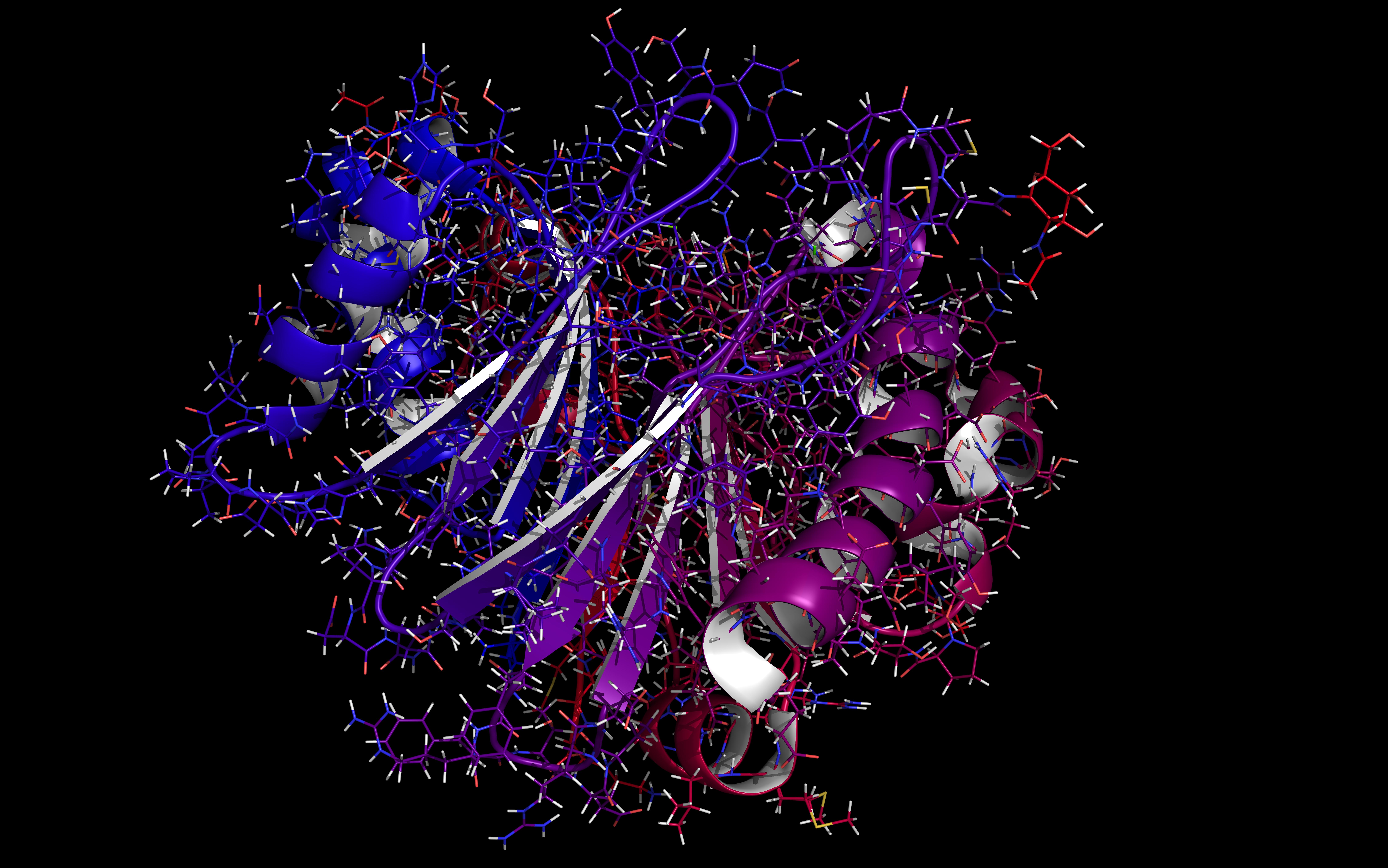Testing Methods:
Mycoplasma Metabolic Activity Tests:
Detect contamination by measuring changes in metabolism. These methods are rapid and sensitive, suitable for routine testing.
Mycoplasmal DNA Detection Methods:
Utilize quantitative polymerase chain reaction (qPCR) to amplify and detect mycoplasma DNA, offering high specificity and sensitivity.
Host Cell Proteins (HCP)
Host Cell Proteins (HCPs) are proteins produced by host organisms (e.g., E. coli, yeast, CHO cells) during the production of biopharmaceuticals. HCP contamination can adversely affect product quality.
Detection Method:
Enzyme-Linked Immunosorbent Assay (ELISA):
Uses specific antibodies to detect and quantify HCPs. This method provides high specificity and sensitivity, ensuring effective management of HCP contamination through process development, validation, and lot release testing.
Residual Host Cell DNA and RNA
Residual host cell DNA and RNA contamination is a critical concern in biopharmaceutical production. These contaminants can trigger immunogenic responses, inflammatory reactions, or antibody development against the therapeutic product.
Detection Method:
Real-Time Quantitative Polymerase Chain Reaction (RT-qPCR):
Detects and quantifies trace amounts of host cell DNA and RNA using specific primers and probes, ensuring product safety and efficacy.
Residual Protein A
Protein A is used in the purification of monoclonal antibodies, and its residual presence in the final product can pose significant risks, including immunogenic responses.
Detection Method:
Enzyme-Linked Immunosorbent Assay (ELISA):
Uses antibodies to detect and quantify residual Protein A, ensuring high sensitivity and accuracy.
DNase and RNase Contamination
DNase and RNase contamination can degrade DNA and RNA in biopharmaceutical products, leading to loss of efficacy and potential immunogenic responses.
Detection Methods:
Fluorescence or Absorbance Reporter Test:
Quantifies enzymatic activity as DNases and RNases degrade DNA or RNA substrates, providing precise contamination measurements.
Process-related Impurities
Process-related impurities originate from various sources within the production process, impacting the quality, safety, and efficacy of pharmaceutical products.
Sources and Examples:
Culture Media Components:
Bovine Serum Albumin (BSA)
Human Serum Albumin (HSA)
Insulin
Bovine Transferrin
Human Transferrin
Bioprocessing Enzymes:
Benzonase
Nuclease®
Denarase®
Residual Ligands:
Residual goat IgG and bovine IgG from affinity chromatography resins
Thorough monitoring and control of these impurities throughout the production process are essential to ensure the safety and efficacy of the final pharmaceutical product.



